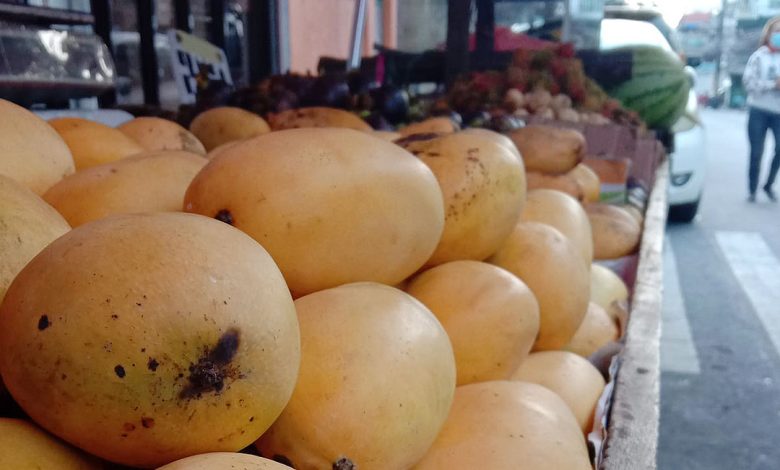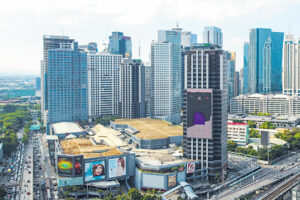Mango farmers urged to manage tree canopy to raise fruit quality

MANGO farmers who do not properly manage canopy growth run the risk of less productive cultivation because the overlap in trees forces fruit to grow in the shade, to the detriment of quality and harvest volume, agronomists said.
Graciela L. Caballero, who chairs the agroforestry department at Southern Philippines Agri-Business and Marine and Aquatic School of Technology (SPAMAST), said at a conference on Friday: “Mango has been allowed to grow in an unlimited manner, more horizontally than vertically.”
She was speaking virtually at the Farms and Industry Encounters through the S&T Agenda (FIESTA) conference on Mango, organized by the Department of Science and Technology, to propagate know-how on mango industry best practices.
“Akala kasi ng karamihan, the bigger the tree, the more the income. Sa ngayon, alam na natin na ito ay mali (Most people seem to believe that the bigger the tree, the more the income. We now know that this approach is wrong),” she said.
Speakers said other benefits of canopy management include minimizing the spread of disease and making pesticide spraying more effective.
“Some mango growers in the Philippines do not follow the concept of allotted space wherein trees are only allowed to grow in the limits imposed by the distance of planting,” SPAMAST associate professor Eddie B. Batoctoy said at the conference. “Mango trees are allowed to grow indefinitely. Consequently, canopies overlap within a few years.”
“Mango trees (are) shy bearers, but they respond well to pruning, which will make them regular bearers,” Mr. Batoctoy said. Pruning improves air circulation and helps keep pests and diseases in check, allowing the trees room to flower and fruit.
The canopy management initiative aims to point the way for farmers to rehabilitate unproductive mango trees, and “optimize nutrition and canopy management techniques with the aim of improving fruit quality, size, and yield,” Mr. Batoctoy said.
Marilou M. Benitez, an associate professor at Visayas State University, said one other portion of the growing process that needs to be better managed is the post-harvest stage, which is where “product salability and income are assured” and where diseases are likely to be introduced.
Anthracnose is the most prevalent disease in mango trees. A latent infection, the disease is caused by fungi and speeds up decay in plants.
“Fruit left in contact with the ground will gain heat and be easily infected,” she added. “The bruising of fruit is due to inappropriate harvesting, and dropping is very common,” Ms. Benitez said.
The time of harvest can also influence product quality. “Harvesting is done early or mid-morning, so that the cool environment can result in reduced product heat and increased picker efficiency,” she said.
Ms. Benitez said practices to manage post-harvest deterioration include hot water treatment, which reduces the respiration rate of the fruit, delays decay, and maintains firmness.
She also cited the need for minimizing sun exposure and using appropriate containers for transport.
The mango industry employs 2.5 million farm workers. — Luisa Maria Jacinta C. Jocson




